Car breakdowns and repairs can sometimes cost a bomb. The average vehicle service and repair expense is nearly $1475 annually. Moreover, car repair costs have escalated by 20% since 2023. One way to keep these costs low is to keep your car in excellent condition.
While you may know the basic best practices for maintaining your car, check out these lesser-known but super useful tips.
Cover the Interiors

Food spillages and dirt accelerate the wear and tear of car interiors. It can result in unnecessary cleaning or replacement costs.
Use floor mats to prevent mud from sticking to the carpets. Cover the upholstery with car seats or block the windows with sun guards to prevent discoloration. Vacuum the car thoroughly at least once a week.
Clean the Battery Terminals

Battery terminals are susceptible to corrosion owing to the emission of hydrogen gas. Brown, green, or white tints are indications of corrosion. If ignored, corrosion can suppress the electricity flow and damage the parts. Hence, it would be best to clean them at regular intervals.
Disconnect the battery. In a cup, mix baking soda with warm water for a toothpaste-like consistency. Apply this paste to the affected areas with a plastic brush to neutralize the corrosion. Wipe and dry the battery. Reconnect the battery.
Maintain Brake Calipers

When you apply brakes, the calipers accumulate dust and debris, causing rust buildup. This can hinder brake performance and longevity, thereby amplifying the risk of brake failures.
Make sure that brake calipers remain dust-free. Brake cleaners and protective coating ensure optimal efficiency of brakes.
Replace the Filters

Almost every car is fitted with four filters: air, oil, fuel, and cabin. These filters are the lungs of your car and keep it running smoothly. They let out contaminants and allow clean air to circulate.
Change these filters regularly, depending on the miles usage, to avoid mechanical breakdowns.
Check Transmission Fluid
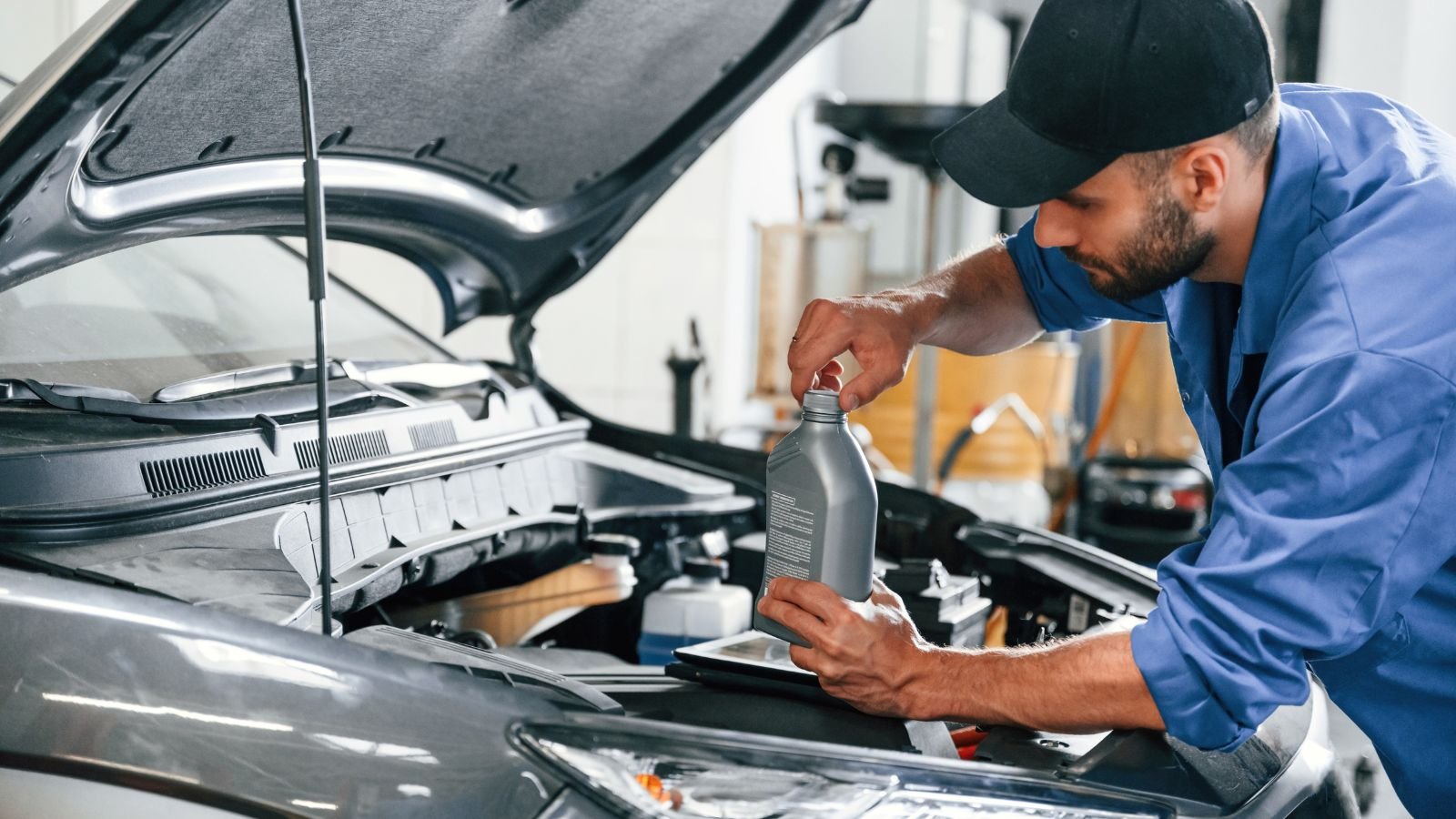
Transmission fluid acts as a lubricant to support seamless gear and clutch shifts. It creates a fluid barrier between surfaces to protect the car against friction and extreme heat. However, dust particles and sludge contaminate transmission fluids.
Check transmission fluid once a month and change it if necessary or as per the manufacturer’s instruction manual.
Invest in a Portable Tire Inflator
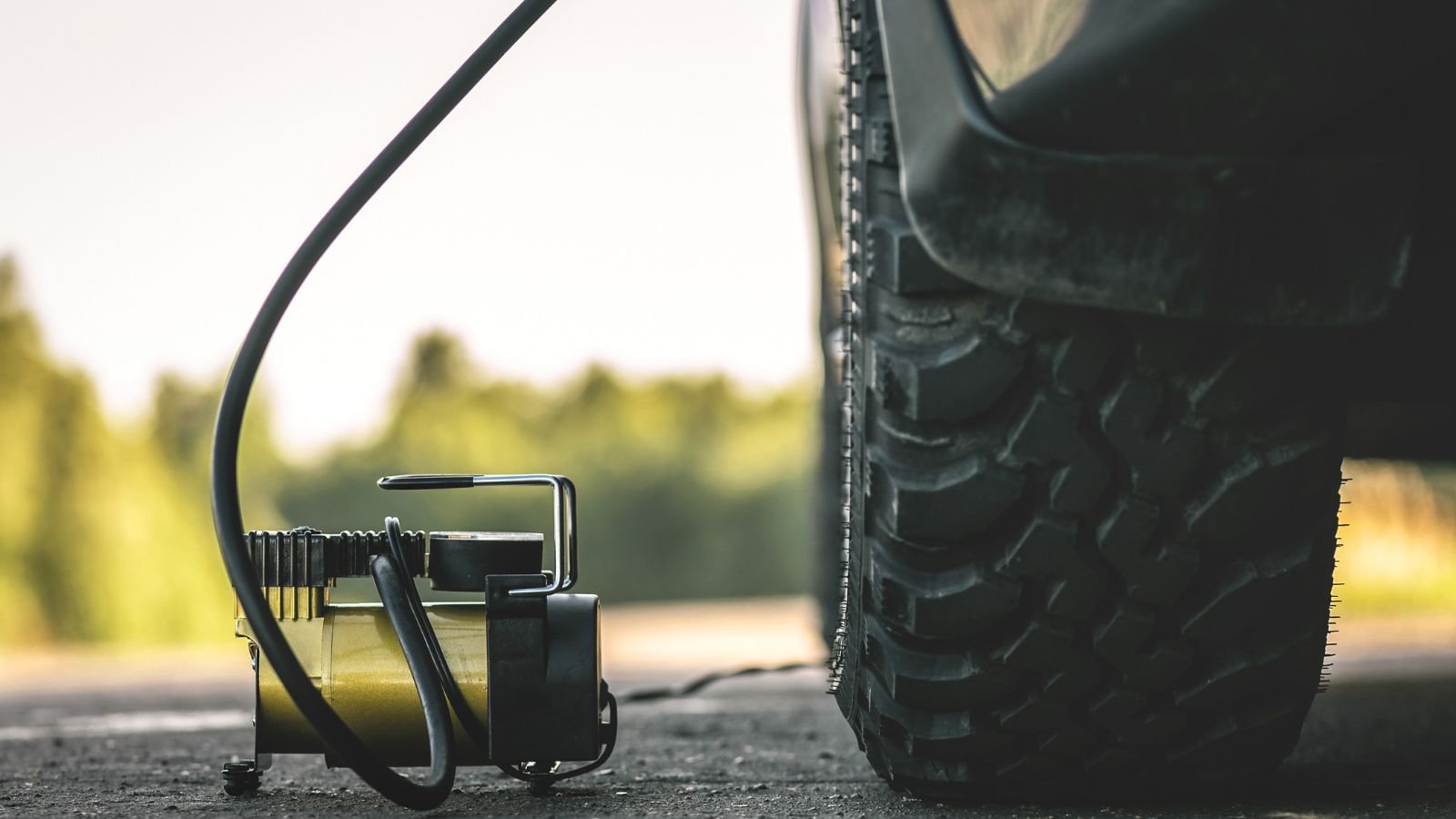
When you drive on flat or underinflated tires, there are chances of punctures and sidewall collapse. Maneuvering the car can become difficult, a dangerous situation for your life.
A portable tire inflator is handy, especially when roadside assistance is not available. It will keep the tire pressure at optimum all the time and enhance its lifespan.
Change Spark Plugs

Spark plugs are your car’s tiny fire starters. They aid in the combustion of an air-fuel mixture in the car’s engine cylinder. Over time, however, they lose their efficiency, reducing gas mileage and increasing carbon emissions.
Replace worn-out spark plugs with new ones when required to upgrade the car’s horsepower.
Lighten Up the Lights

Headlights and taillights of your car should illuminate brightly every time you turn them on. Keep them clean to drive safely and avoid unexpected blackouts on dark roads or during poor weather.
Wash the lights with mild detergent and water to remove grime and other contaminants. Polish them to restore their shine. Check their alignment, too. Replace the dimmed or burnt-out bulbs.
Get Tire Rotation

Tires degrade quickly due to intense friction with the road. However, the wear and tear can be uneven in all tires. For example, front tires wear out faster due to steering load and braking forces. Hence, the car engine has to work harder, and fuel consumption increases.
Tire rotation prevents premature failure and prolongs its lifespan. It also reduces gas expenses due to better fuel efficiency and mileage.
Inspect Wheel Alignment
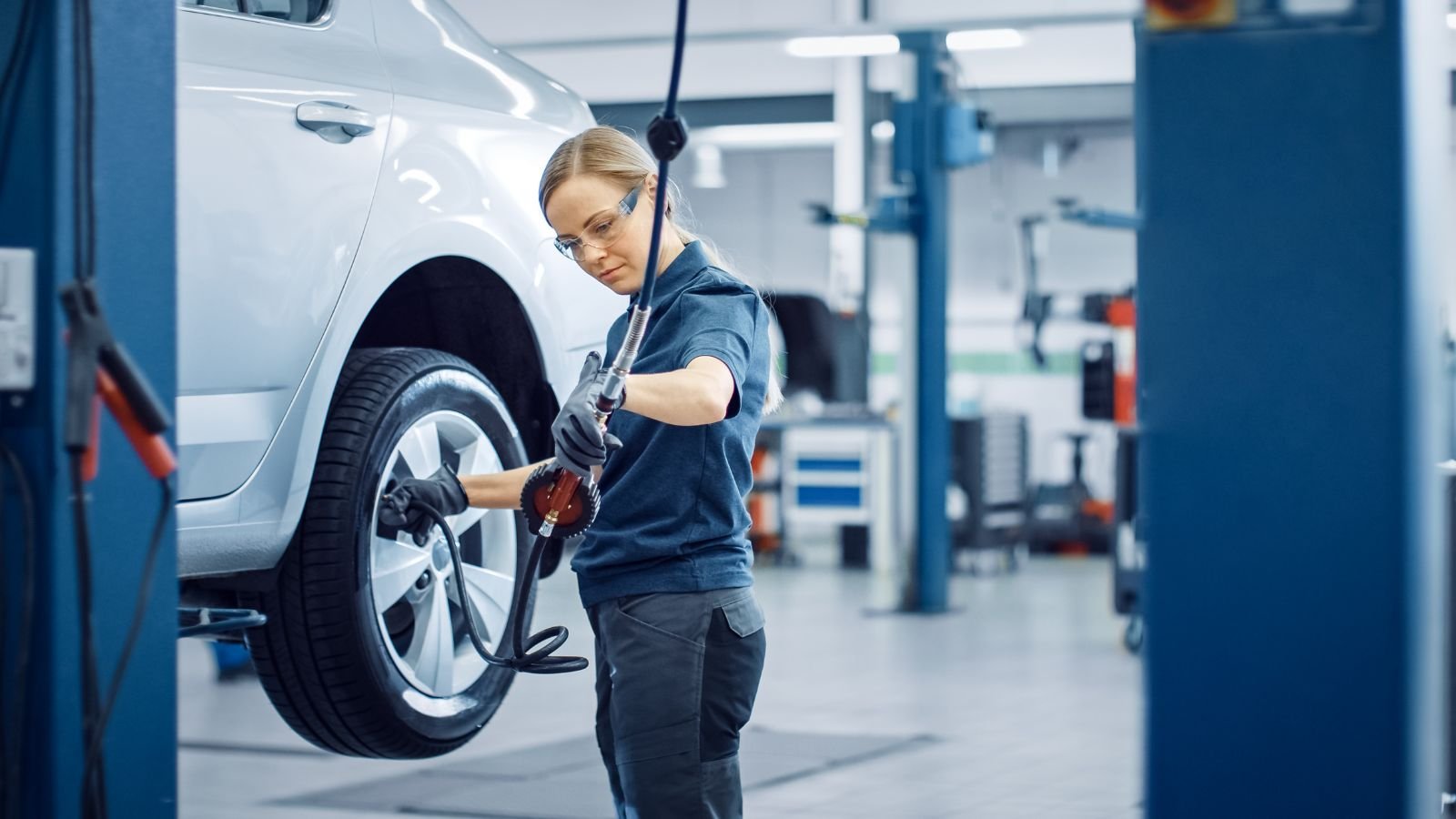
A skewed wheel alignment can lead to a blowout, faster tire wear, and jerky vibrations. More importantly, you can lose control over steering.
Get misaligned wheels corrected as soon as you notice them. You will save much money on tire replacement and considerably lower the chances of car crashes.
Maintain Drive Belt
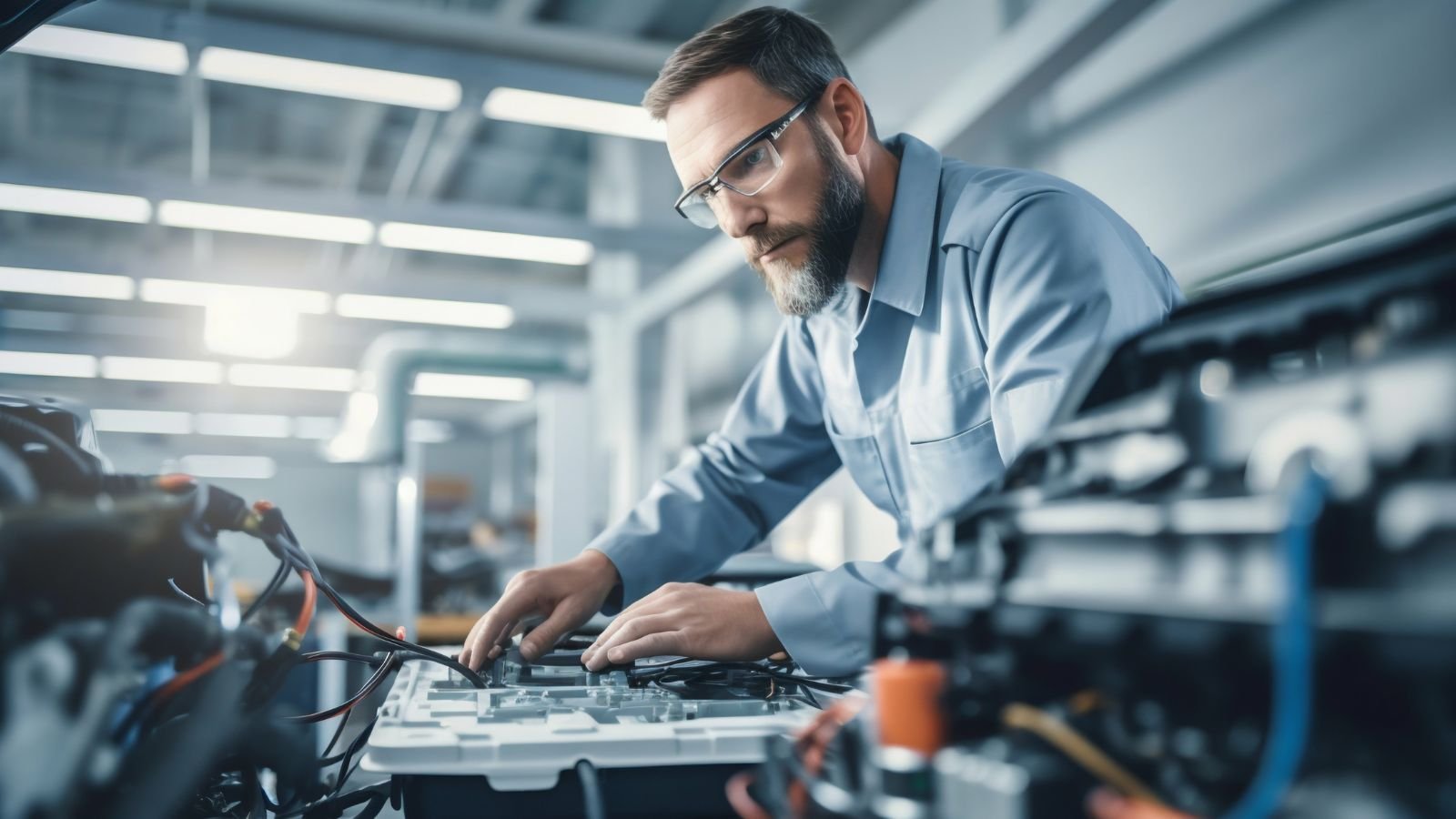
The drive or serpentine belt is between different pulleys and accessories under your car’s hood. It transmits power from the engine’s crankshaft to the car’s various components.
With age or high usage, the belt develops cracks, ridges, and grooves. Check for these irregularities and address them accordingly.
Protect Fuel Tank During Cold Weather
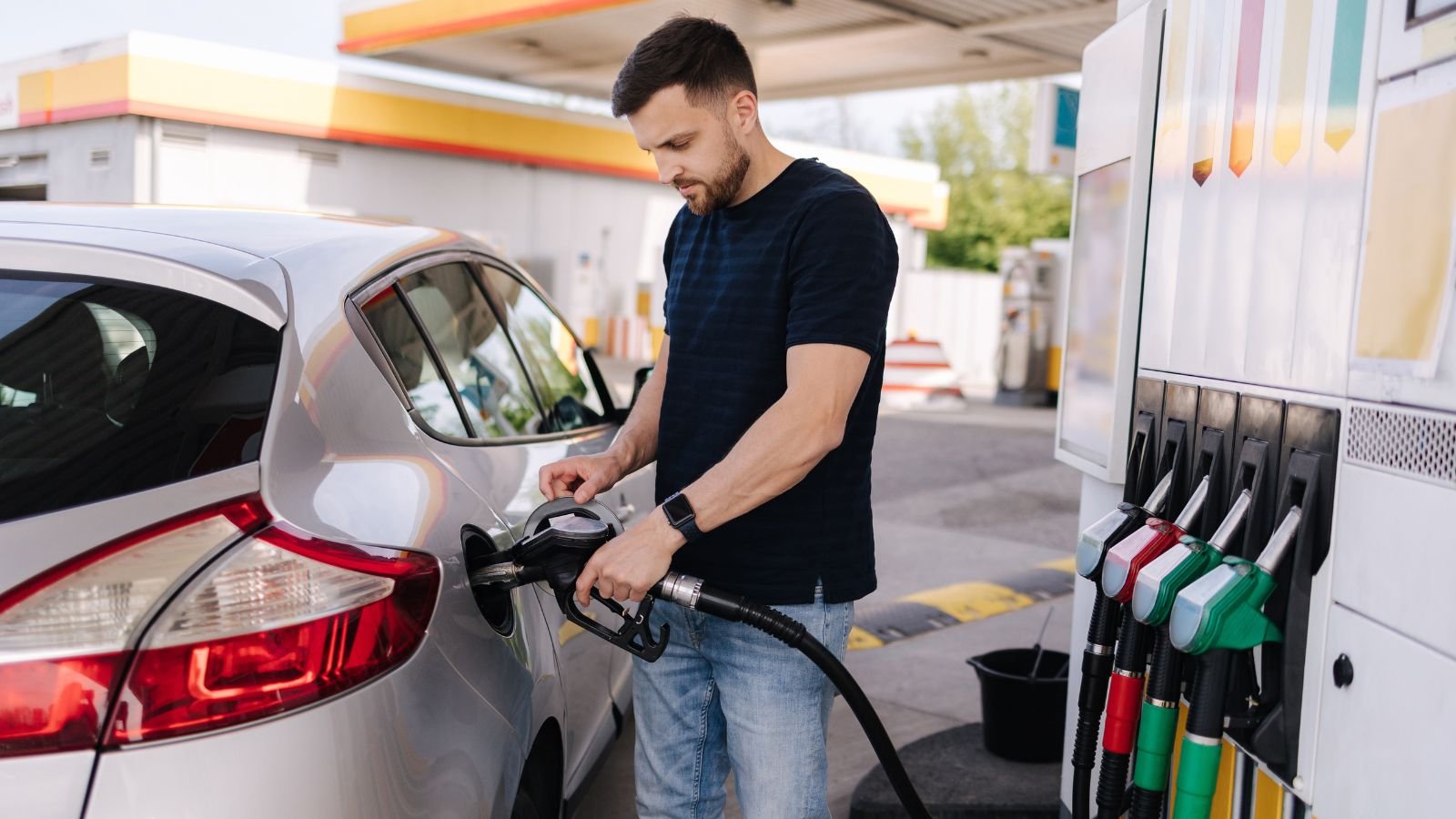
Water accumulation in fuel tanks is typical due to condensation during cold climates. Fuel can shrink and settle at the bottom of the tank in the solid form. It can also clog the fuel lines.
Keep the fuel tank full to minimize the amount of air and moisture inside. This will impede fuel evaporation and resulting repairs.
Pay Attention to Undercarriage
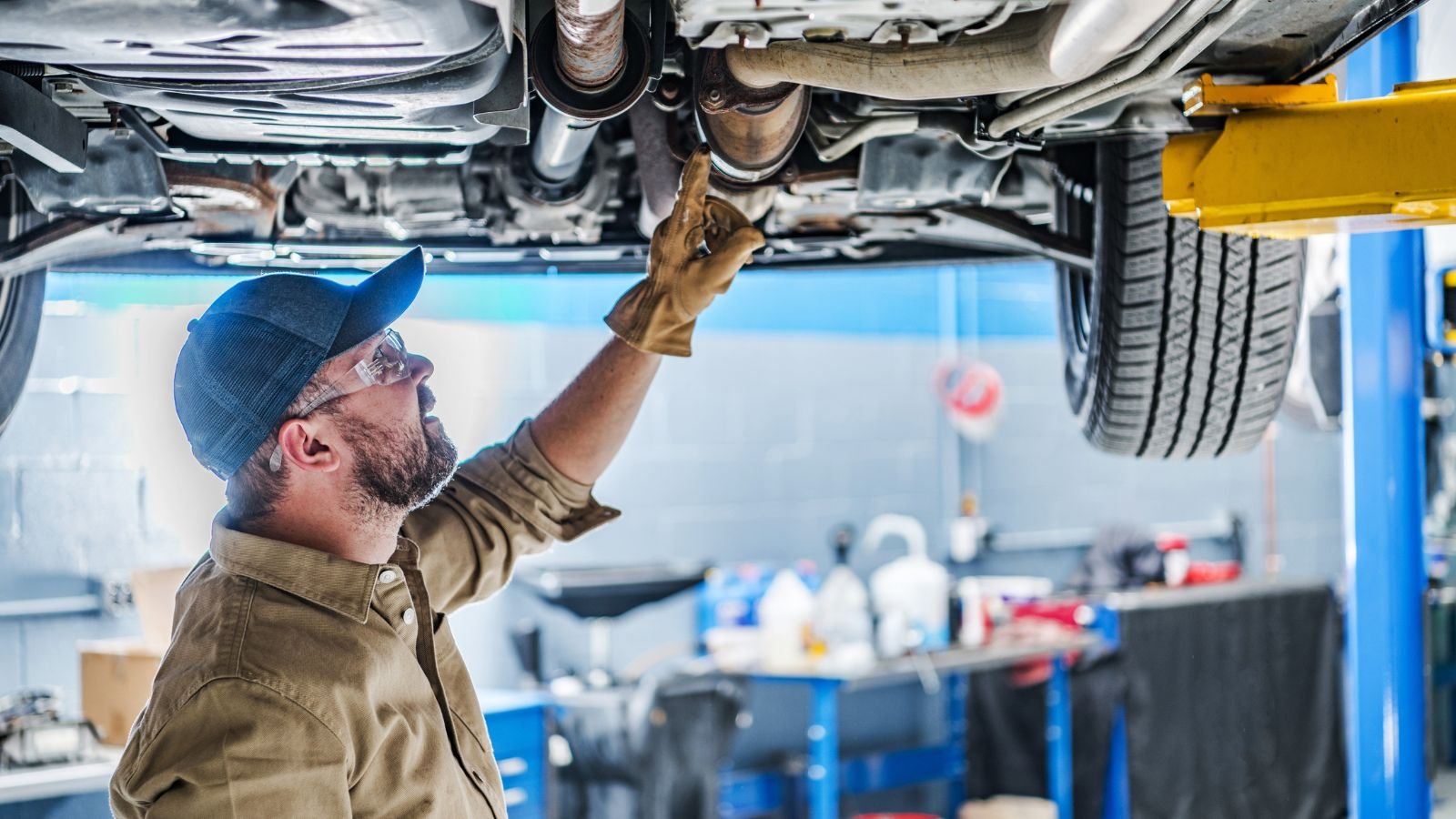
Undercarriage maintenance is often neglected as it is located at the bottom of the car. Rust and corrosion can build on the undercarriage due to contact with potholes, mud, gravel, and winter salts on the roads. The buildup can deteriorate the structural durability of the car.
Check for oil leakages or other fluids that may have dripped on the ground. Lubricate and replace the undercarriage parts periodically.
Lubricate Door and Window Seals

The door and window seals can harden and crack due to temperature changes. The gap between the door frame and seals can cause air and moisture flow imbalance.
Seal these gaps or replace the seals whenever you notice them dislodged.
